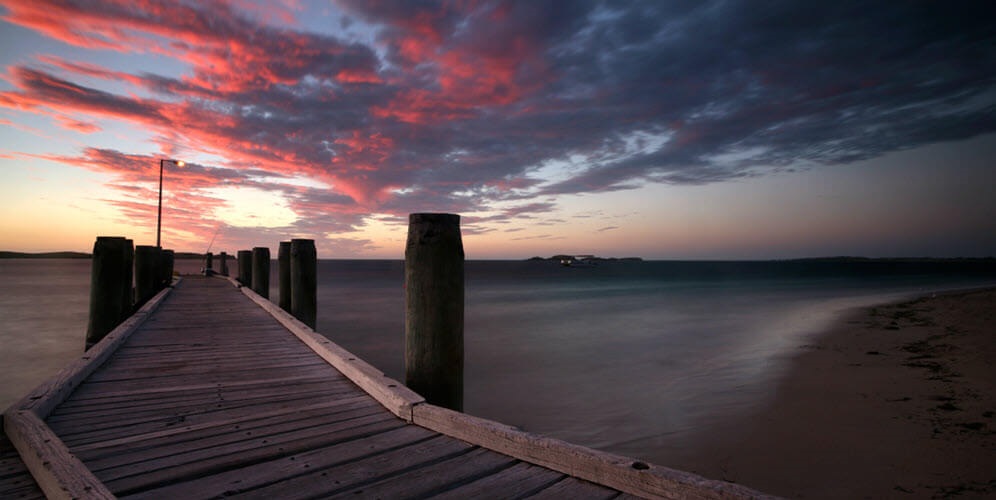Perth Monthly Market Wrap
by Brett White
During the 1960’s, Perth experienced quick development brought by the initiation of iron ore mining in the Pilbara and causing a high number of interstate and overseas immigration because there were a lot of job opportunities in the area. It set off the unprecedented demand for housing and expansion. This growth led to Perth being connected to major industrial development and transportation routes during the 60’s. The 60’s was also the time when the construction of residential flats and units reached an all-time high. The majority of the residential constructions were single level residences on large lots. During this time (around 1968), the median price of houses was $12,731 according to a research paper completed by REIWA.
Currently, Perth ranks fourth in in the most populated capital cities in Australia on a density per square kilometre basis with a population of 2.04 million people which account for 8.58% of the national population but Perth still falls short in the development department as it is the one of the least populated developed cities in the world caused by the growth, lifestyle and housing preferences of the people where Perth locals opt for owner-occupied, detached houses on larger lots and prefer to use private transport to access activity centres and Perth CBD.
The West Australian Planning Commission released Directions 2031 and Beyond on August 2010. This framework offers different lifestyle choices, vibrant nodes for economic and social activity and a sustainable transport network. This also promotes achievable goals towards “creating a more compact and environmentally sustainable city by using land and infrastructure in an efficient manner”. This has caused the decrease in average lot sizes in developing estates for the past few years with the Housing Industry Forecasting Group’s November 2017 publication which placed the average lot size to 363 square metres, the lowest ever. In March this year, the WA Planning Commission issued a new draft position statement in March outlining their intentions to lower the minimum green title lot size from 100 square metres to 80 square metres. This is in response the the framworks primary targets which are:
- “A 50 per cent improvement on current infill
residential development trends of 30 and 35 per
cent; and a target of 47 per cent or 154,000 of the
required 328,000 dwellings as infill development”
and - “A 50 per cent increase in the current average
residential density 10 dwellings per gross urban
zoned hectare”; and “has set a target of 15
dwellings per gross urban zoned hectare of land in
new development areas”.
Source: www.htw.com.au



